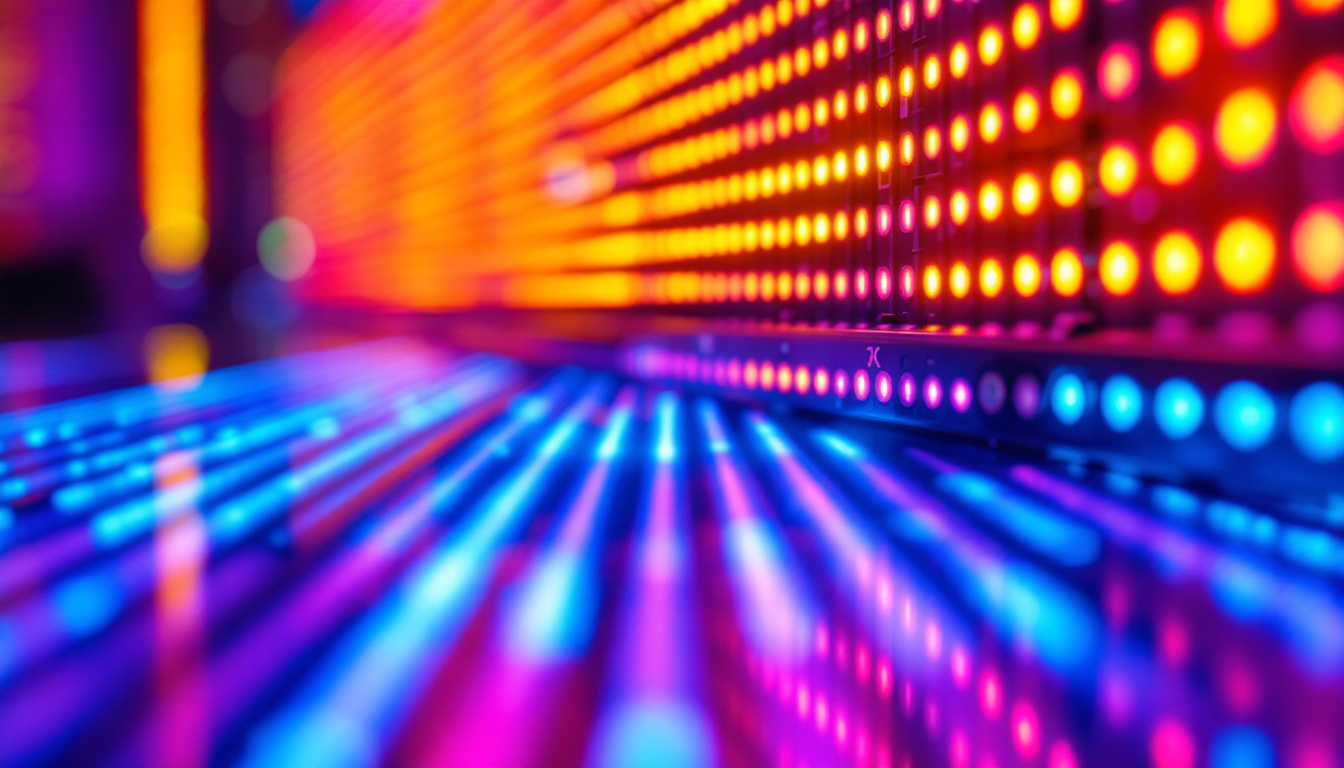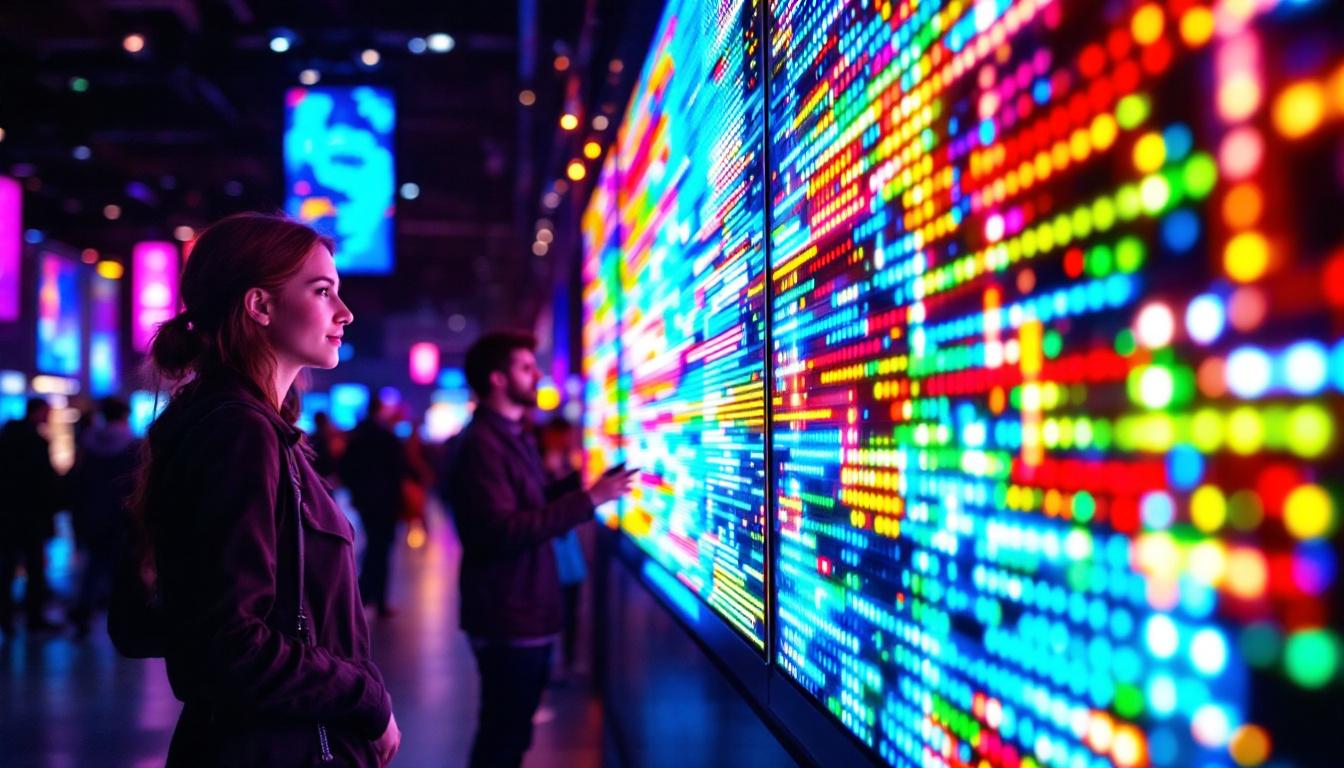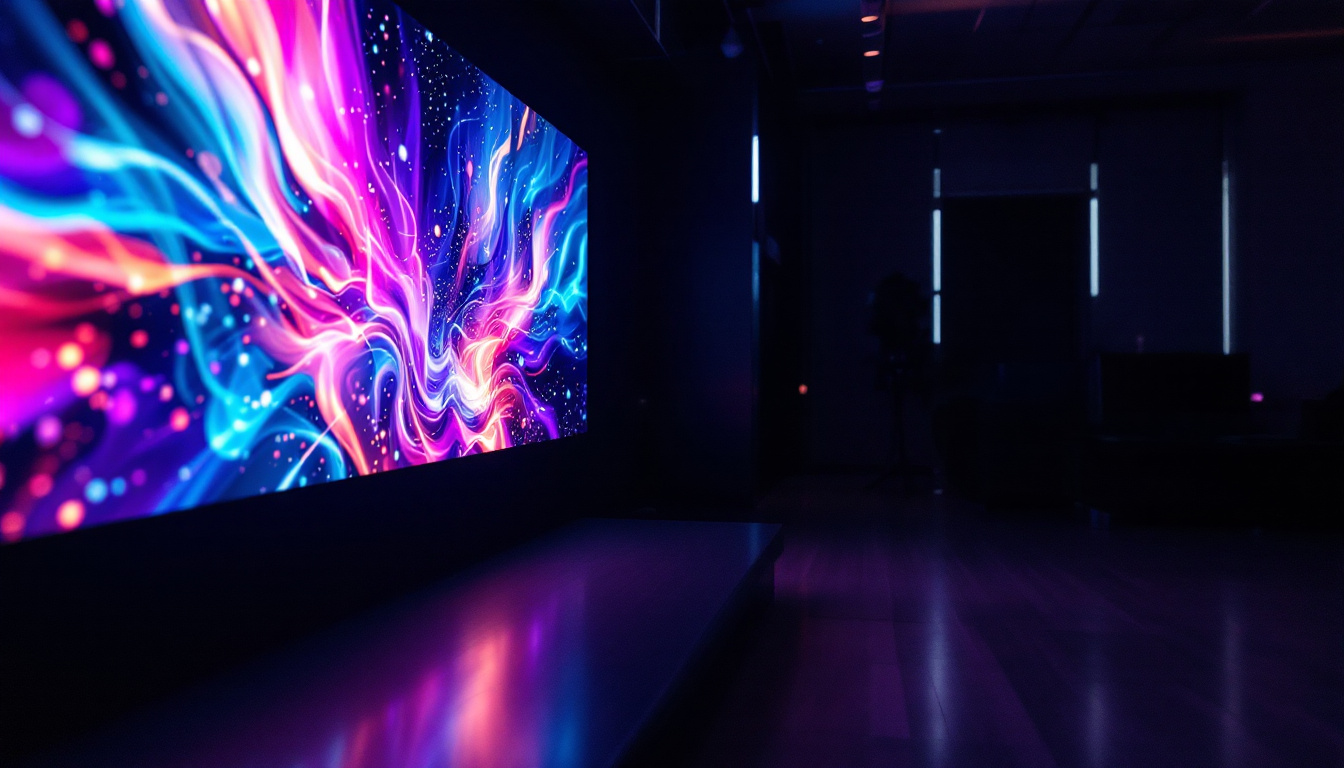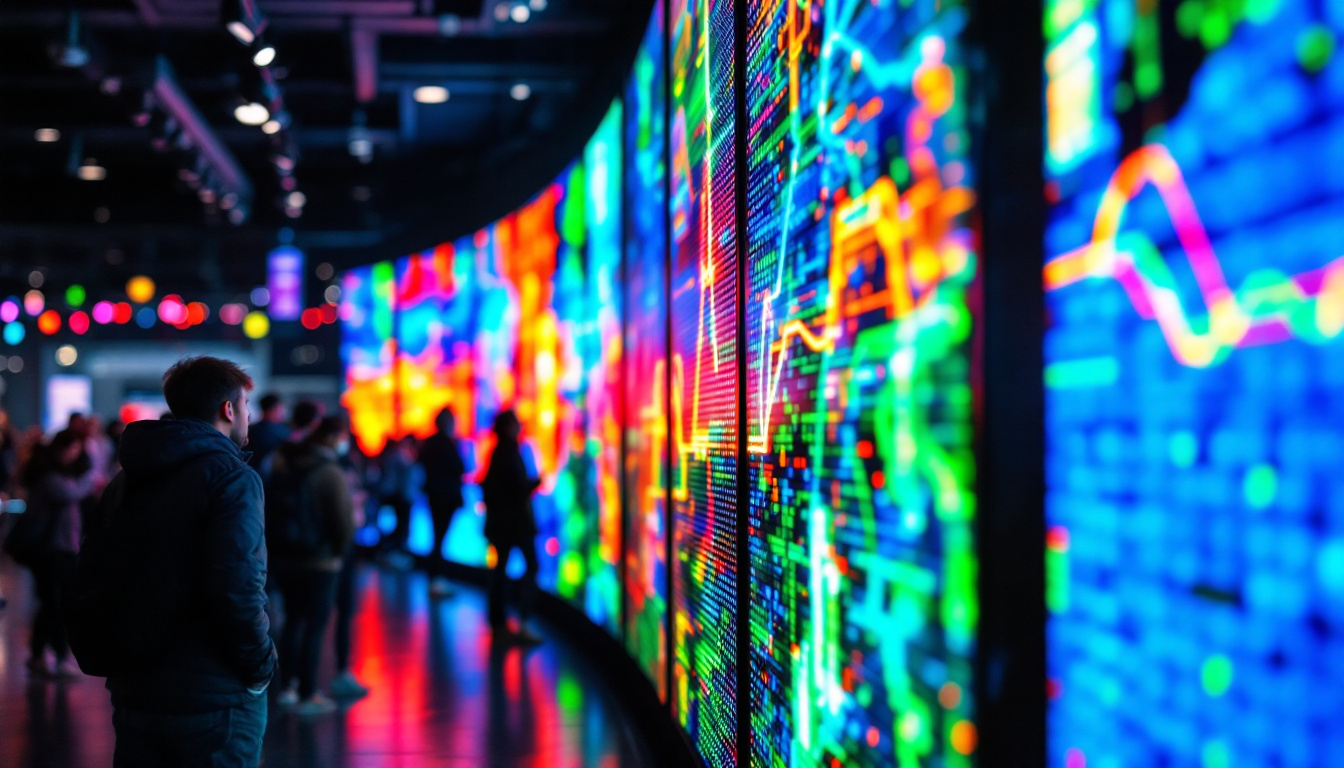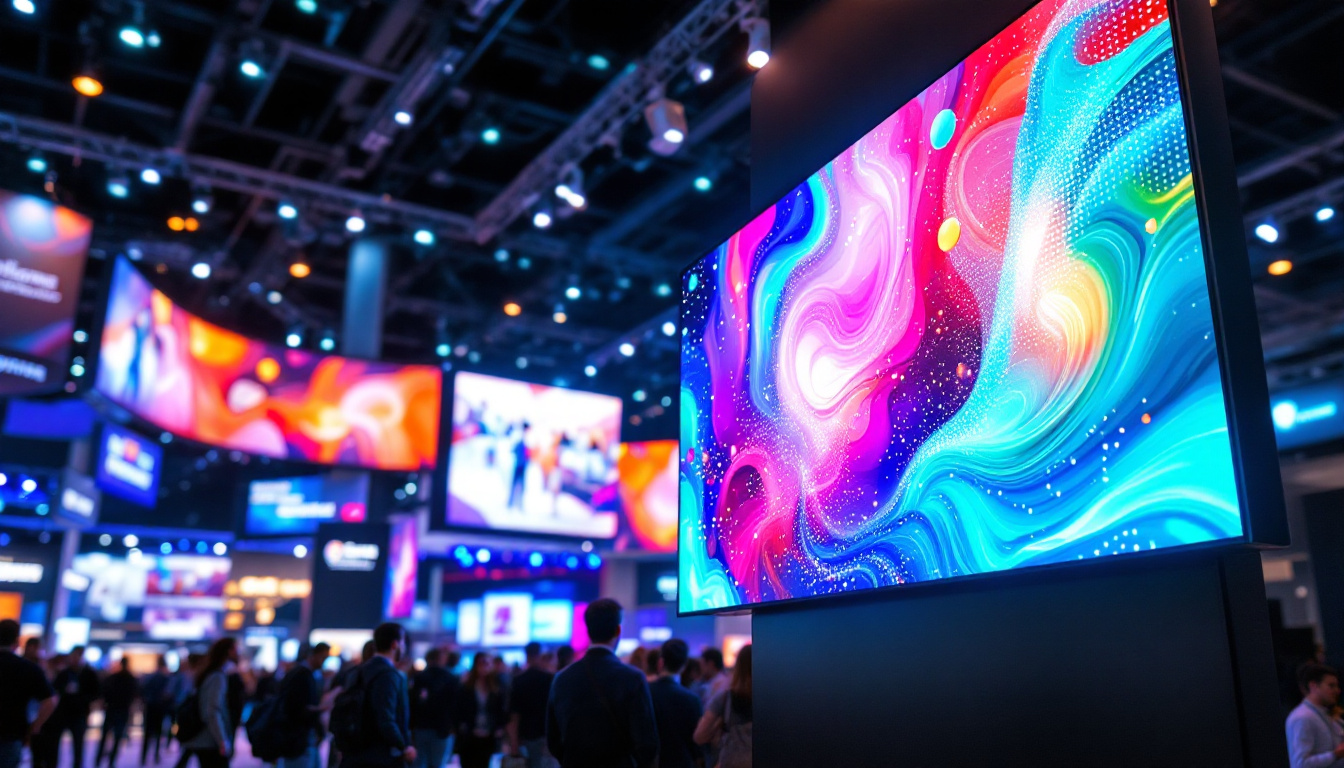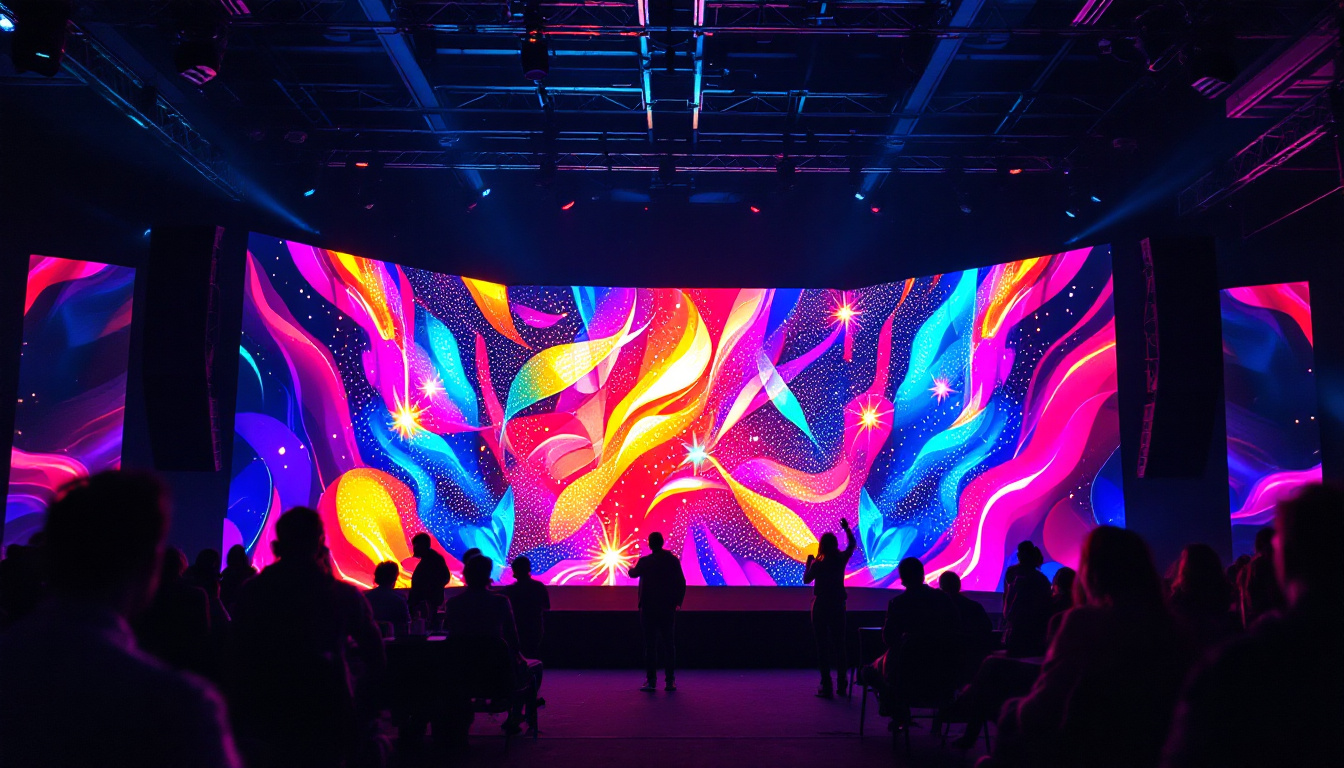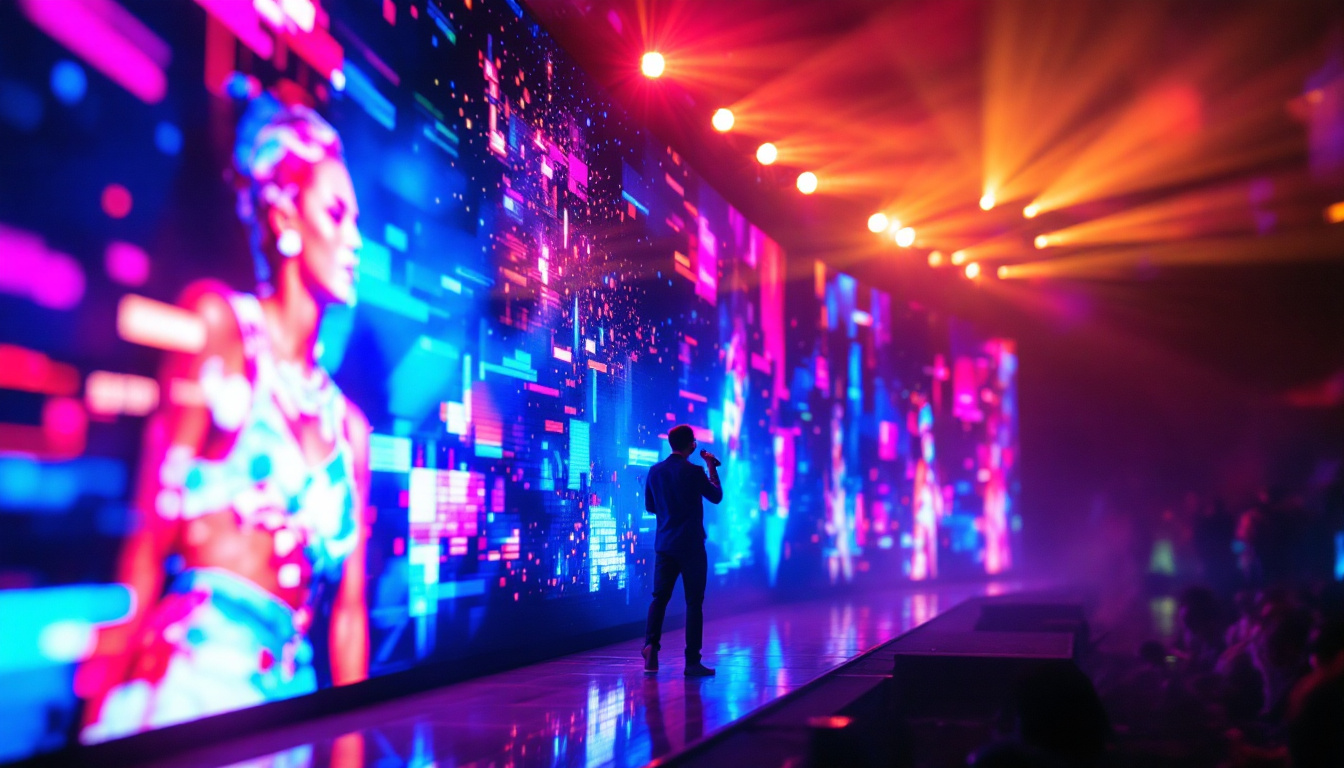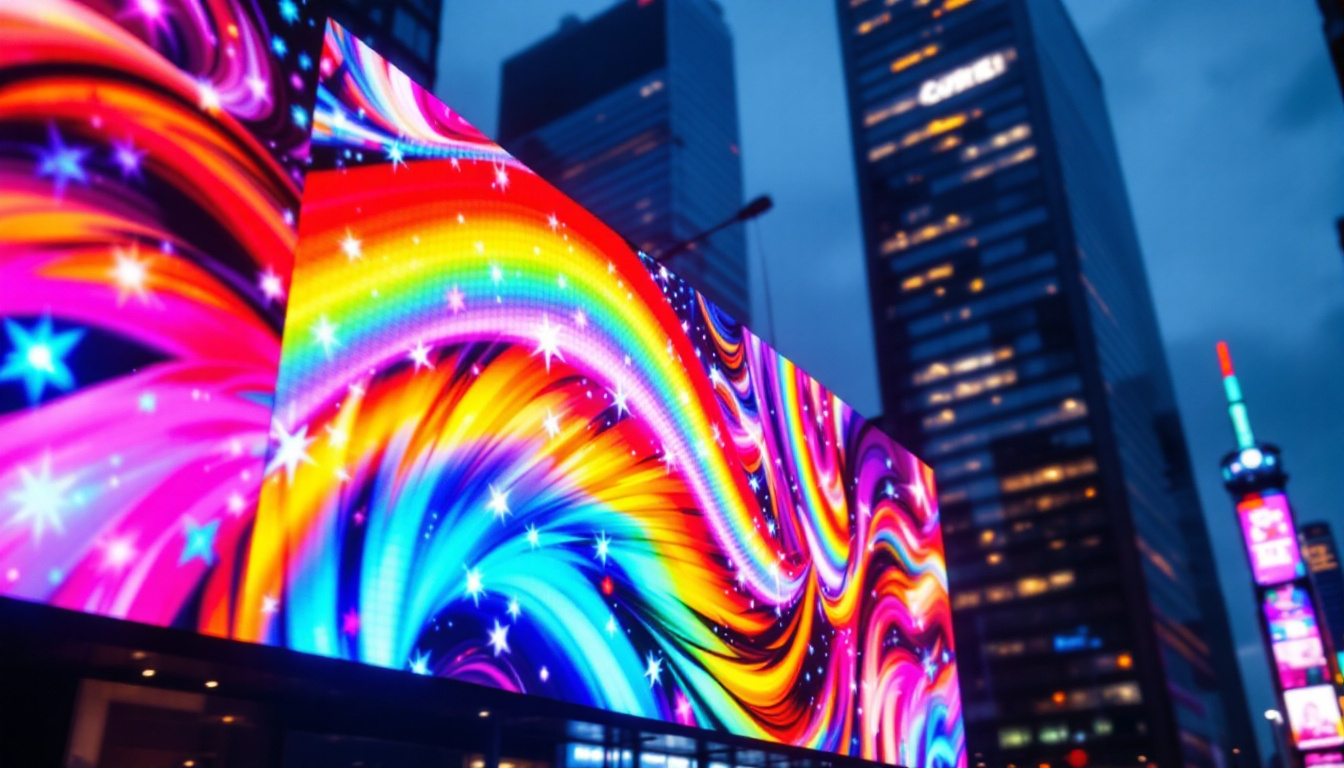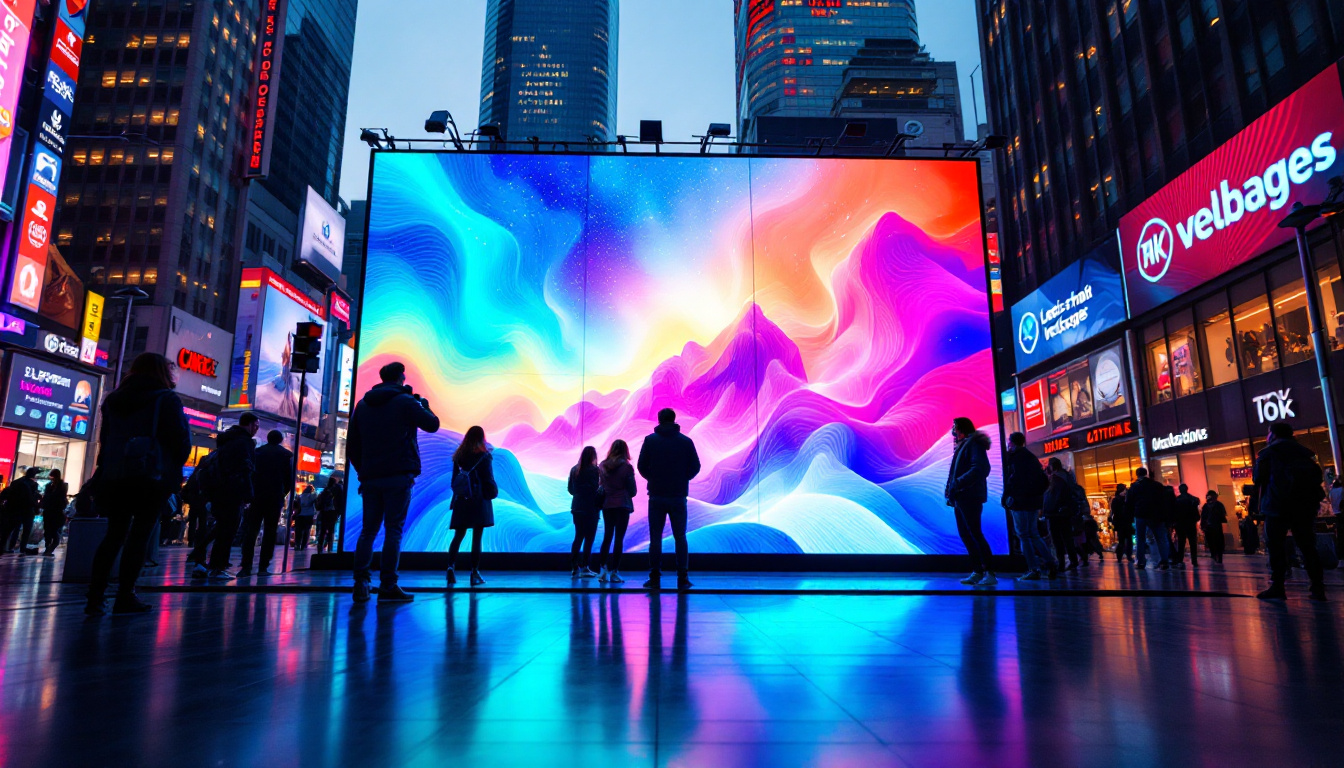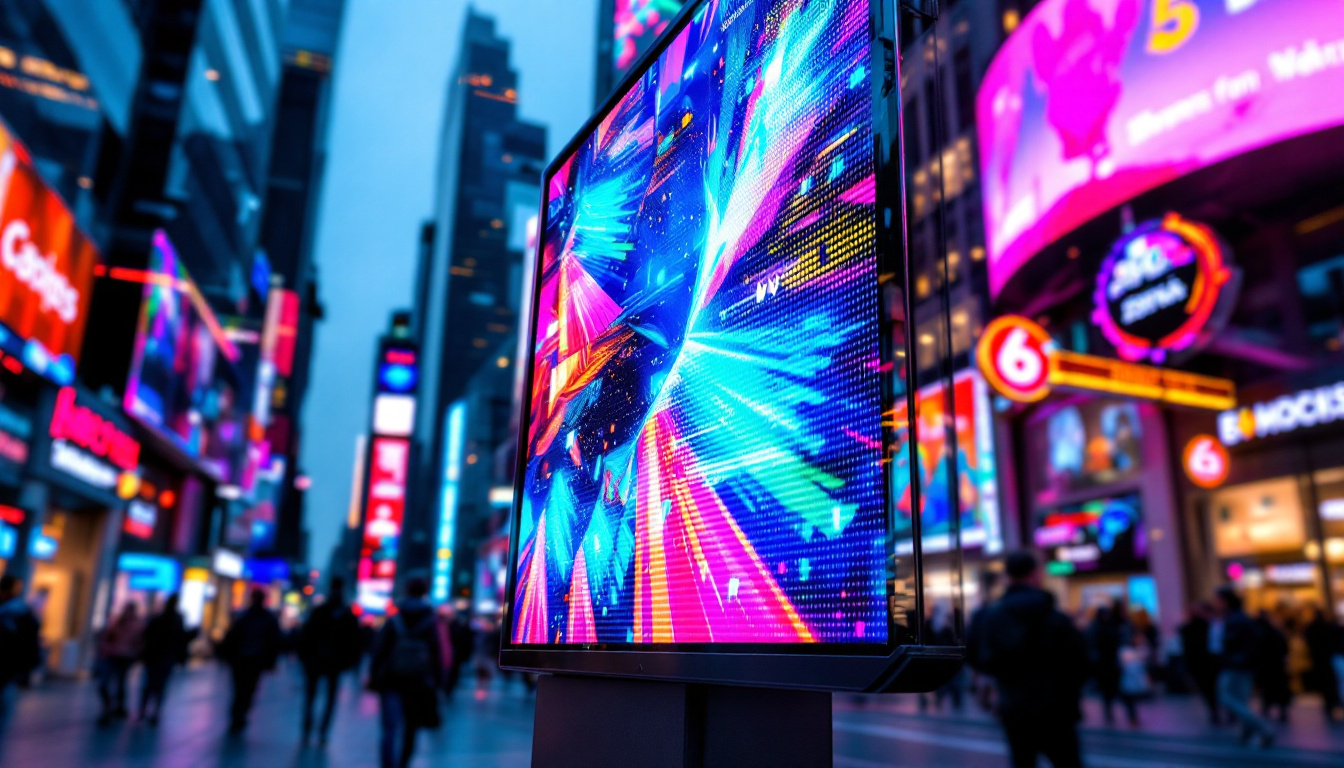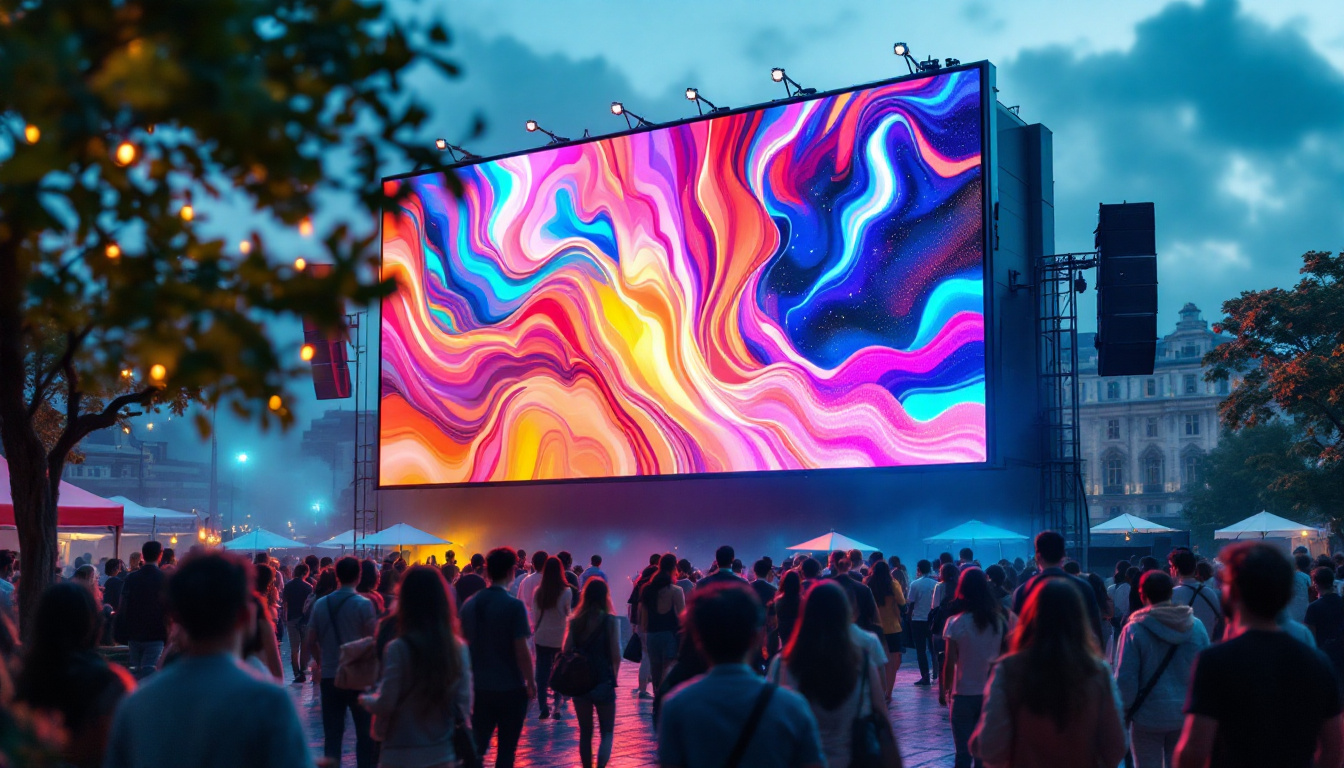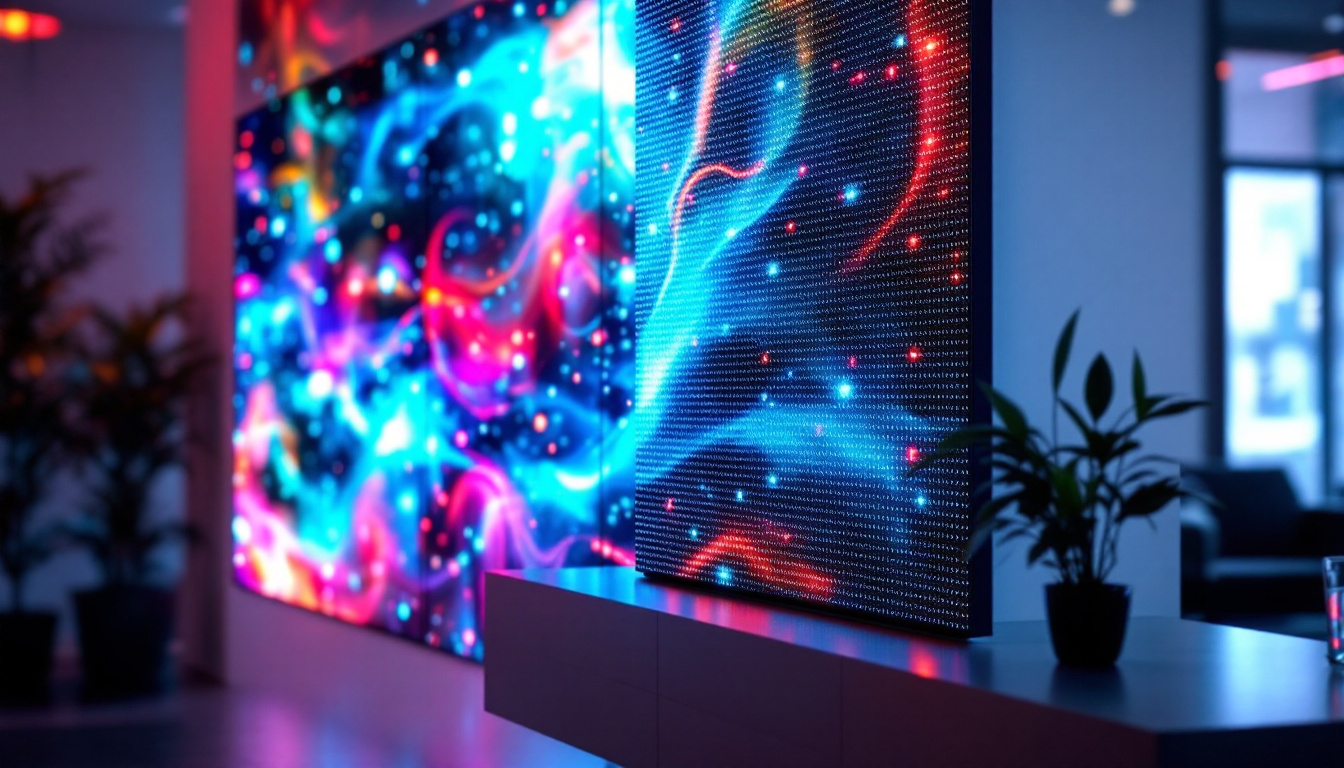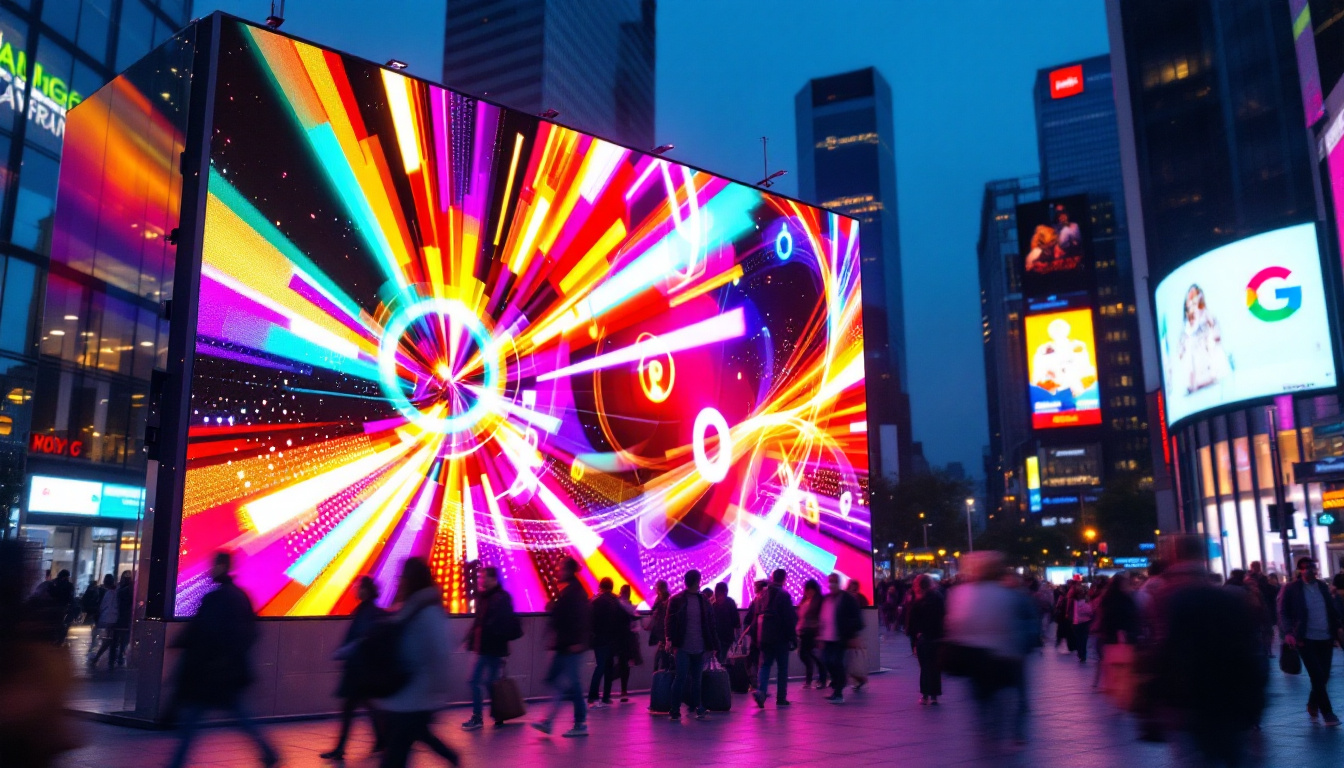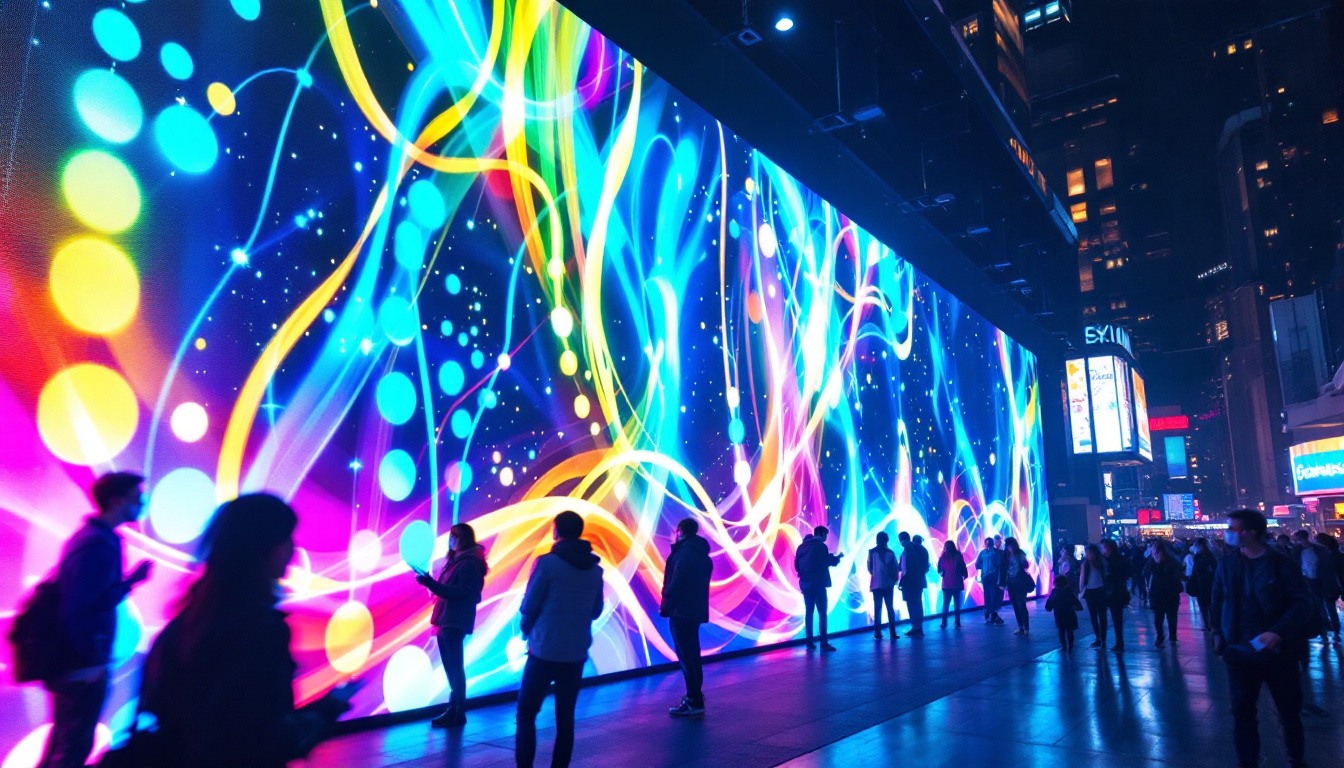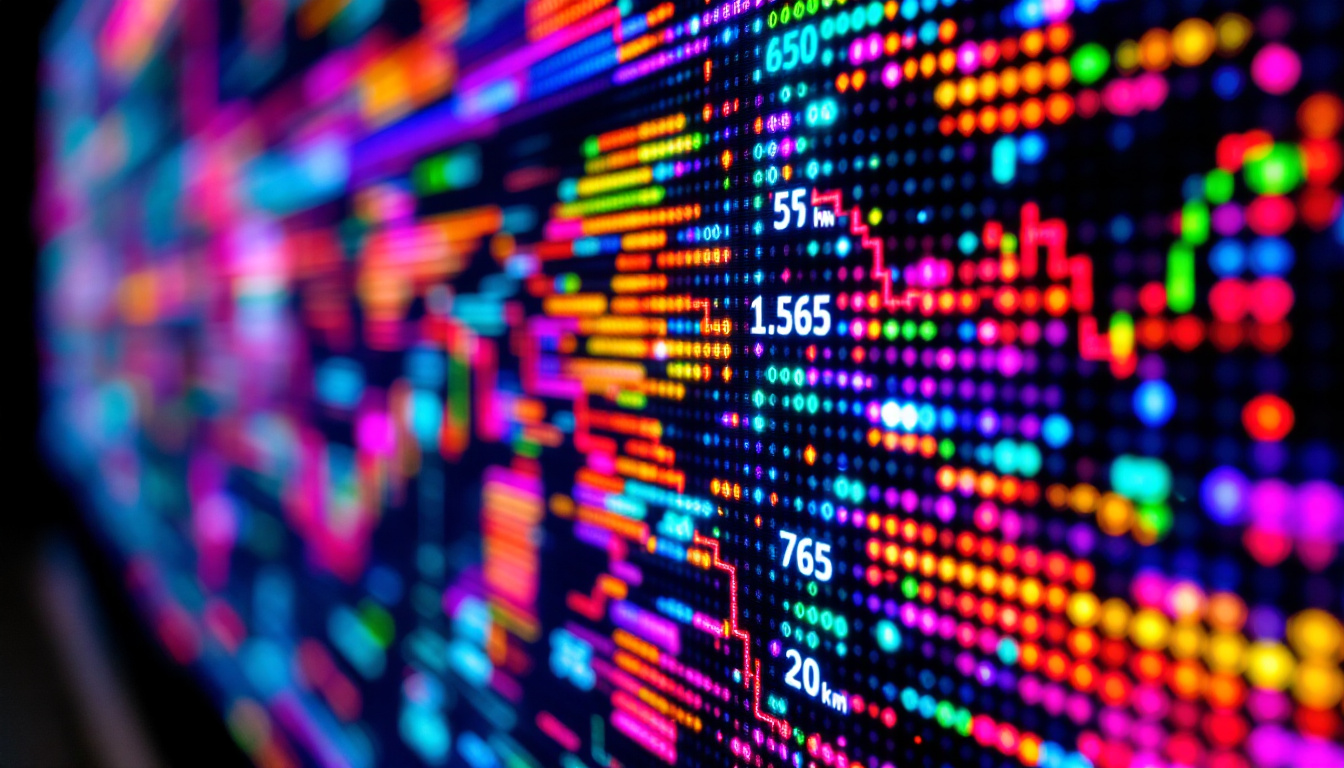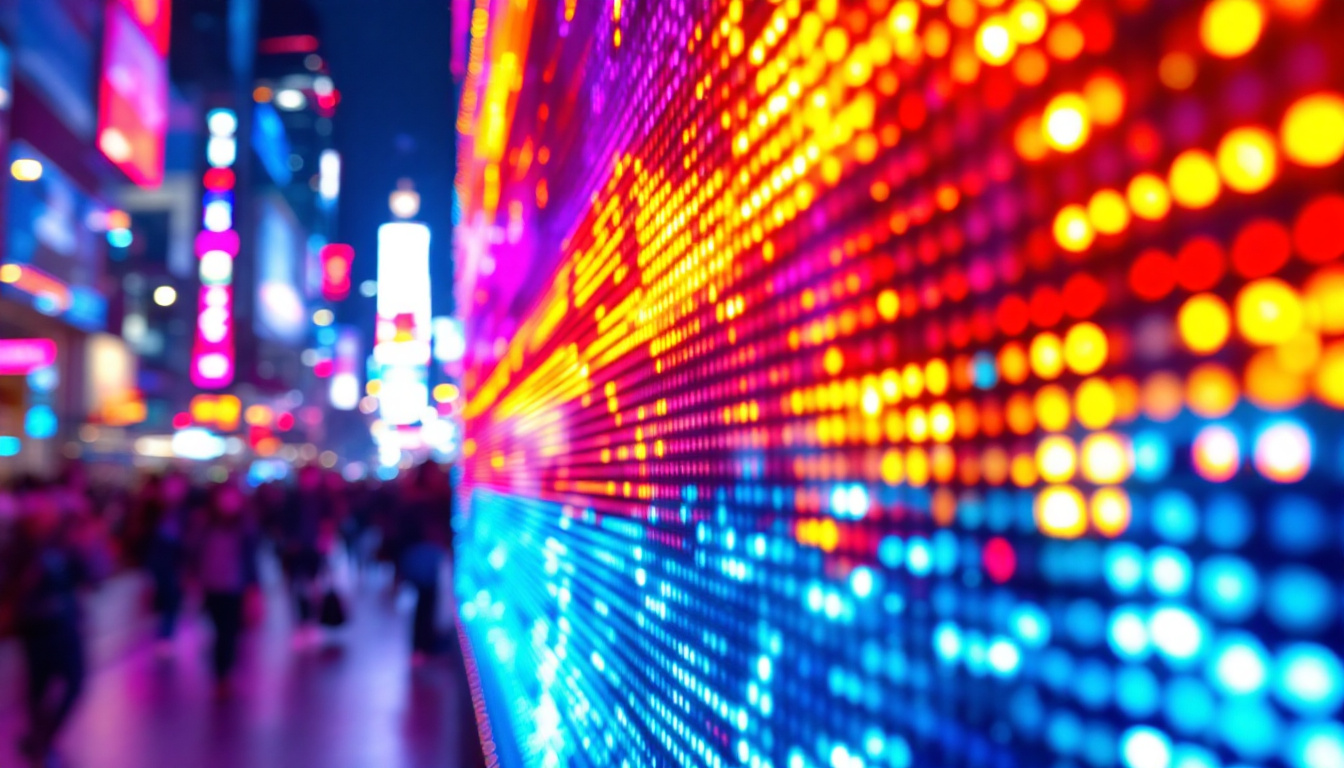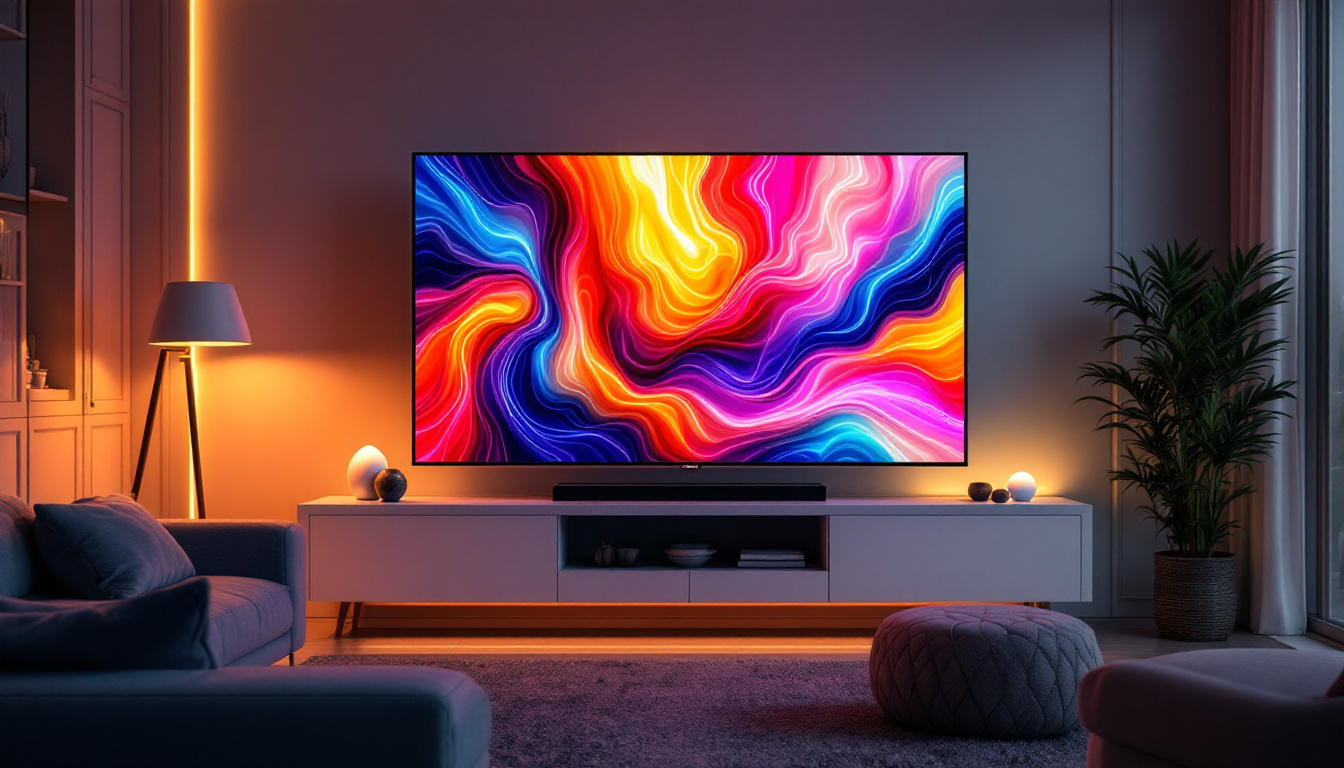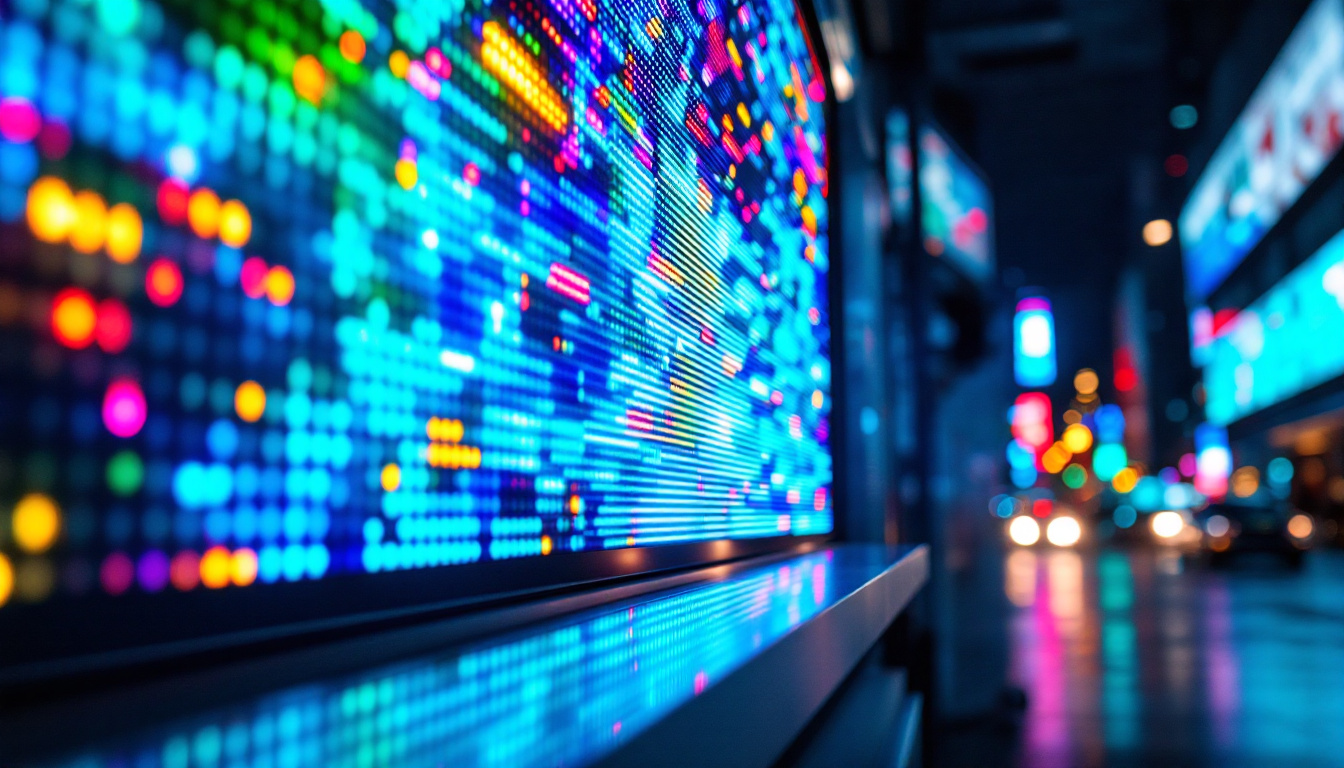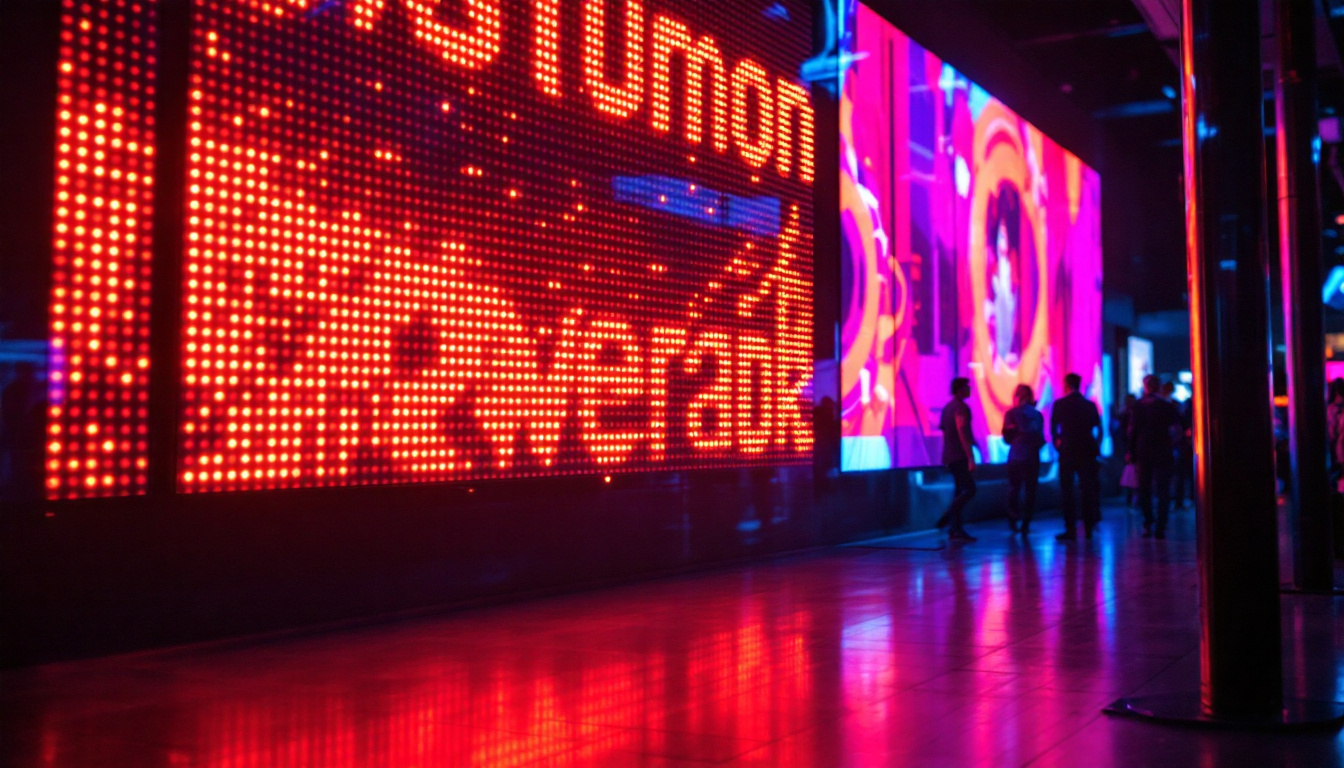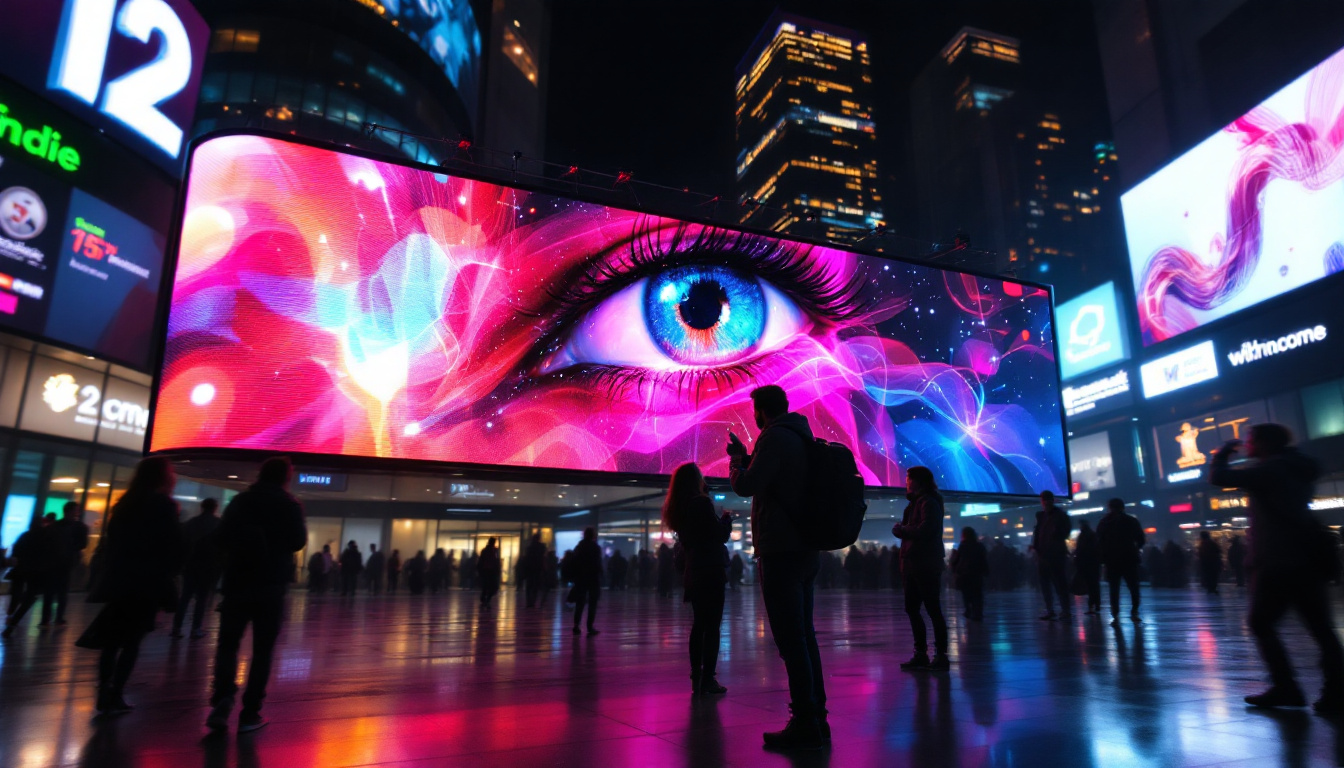In the modern world, LED displays have become ubiquitous, transforming how information is presented across various platforms. From large outdoor billboards to small handheld devices, LED technology has revolutionized visual communication. This article delves into the intricacies of LED display modules, exploring their components, functionalities, and applications.
Understanding LED Technology
Light Emitting Diodes (LEDs) are semiconductor devices that emit light when an electric current passes through them. This fundamental principle underlies the operation of LED displays. Unlike traditional incandescent bulbs, LEDs are energy-efficient, durable, and capable of producing vibrant colors, making them ideal for display applications.
The Science Behind LEDs
The core of an LED is a chip made from a combination of materials known as semiconductors. When electricity flows through the semiconductor, electrons recombine with holes, releasing energy in the form of photons—this is the light we see. The color of the light emitted depends on the materials used in the semiconductor. For example, gallium nitride produces blue light, while gallium phosphide emits green. This precise control over color output has led to the development of full-color displays, where red, green, and blue LEDs are combined to create a wide spectrum of colors, enhancing the visual experience in various applications.
Advantages of LED Displays
LED displays offer numerous advantages over traditional display technologies. Firstly, they consume significantly less power, making them more environmentally friendly and cost-effective in the long run. Secondly, LED displays have a longer lifespan, often exceeding 50,000 hours, which reduces the need for frequent replacements. This longevity not only saves money but also minimizes waste, contributing to a more sustainable approach to lighting and display technology.
Additionally, LED displays provide superior brightness and contrast ratios, ensuring visibility even in direct sunlight. This characteristic makes them particularly suitable for outdoor advertising and public information displays. The rapid response time of LEDs also allows for dynamic content, such as videos and animations, which can capture attention more effectively than static images. Furthermore, advancements in LED technology have led to the development of flexible and transparent displays, opening new avenues for innovative design in architecture and advertising. These features enable creative applications that were previously unimaginable, transforming how we interact with visual media in our daily lives.
Components of an LED Display Module
An LED display module comprises several key components that work together to produce clear and vibrant images. Understanding these components is essential for grasping how LED displays function.
LED Chips
At the heart of every LED display module are the LED chips. These chips are responsible for generating light and are typically arranged in a grid format. The arrangement can vary based on the display’s resolution and intended use. Higher resolution displays have more LED chips packed closely together, resulting in sharper images. Additionally, the type of LED chip used can significantly impact the color accuracy and brightness of the display. For instance, RGB (Red, Green, Blue) LED chips can create a full spectrum of colors by varying the intensity of each individual chip, allowing for stunning visuals that can captivate audiences in various settings, from concerts to advertising billboards.
Driver ICs
Driver integrated circuits (ICs) are crucial for controlling the LED chips. They manage the power supply and ensure that each LED emits the correct amount of light. Driver ICs also facilitate communication between the display and the control system, allowing for dynamic content updates. These ICs can support various features, such as brightness adjustment and color calibration, which are essential for maintaining optimal display performance under different lighting conditions. Advanced driver ICs can even handle error detection and correction, ensuring that any malfunctioning LED chips are quickly identified and addressed, thus enhancing the longevity and reliability of the display.
Control Systems
The control system is the brain of the LED display module. It interprets the input signals and translates them into visual output. This system can be as simple as a basic controller for static displays or as complex as a full-fledged computer system for dynamic, video-capable displays. Modern control systems often incorporate sophisticated software that allows for real-time content management, enabling users to update images, videos, and animations on the fly. Furthermore, many control systems now support remote operation via wireless networks, providing flexibility for users to manage displays from virtually anywhere. This capability is particularly beneficial for large-scale installations, where multiple displays need to be synchronized for a cohesive visual experience.
Types of LED Displays
LED displays come in various forms, each designed for specific applications. Understanding these types can help in selecting the right display for a given purpose.
Outdoor LED Displays
Outdoor LED displays are designed to withstand harsh weather conditions while providing high visibility. These displays are typically larger and brighter, ensuring that they can be seen from a distance. They are commonly used for advertising, sports events, and public announcements. Many outdoor displays feature advanced technologies such as pixel pitch optimization, allowing for clear images even from far away. Additionally, these displays often come equipped with protective casings that shield them from rain, dust, and extreme temperatures, ensuring longevity and consistent performance.
Indoor LED Displays
Indoor LED displays are generally smaller and offer higher resolution compared to outdoor displays. They are ideal for environments such as shopping malls, conference rooms, and theaters, where close viewing is common. The brightness levels are lower than outdoor displays, as they do not need to compete with sunlight. Furthermore, many indoor displays utilize advanced color calibration techniques to deliver vibrant and accurate colors, enhancing the overall viewing experience. These displays can also be configured in various shapes and sizes, allowing for creative installations that can fit seamlessly into any interior design.
Transparent LED Displays
Transparent LED displays are a newer innovation in the LED display market. These displays allow light to pass through them, making them suitable for storefronts and exhibitions. They provide a unique visual experience by blending digital content with the physical environment, attracting attention without obstructing views. This technology is particularly popular in retail settings, where businesses can showcase dynamic advertisements while still allowing customers to see the products behind the display. Additionally, transparent LED displays can be integrated with smart technology, enabling interactive features that engage customers in a more immersive shopping experience.
Applications of LED Displays
The versatility of LED displays has led to their adoption across various industries. From advertising to entertainment, the applications are vast and continually expanding.
Advertising and Marketing
One of the most prominent uses of LED displays is in advertising. Businesses utilize large outdoor LED billboards to capture the attention of pedestrians and drivers alike. The dynamic nature of LED displays allows for rotating advertisements, ensuring that multiple brands can be showcased in a single location.
Moreover, indoor LED displays are frequently used in retail environments to enhance customer engagement. digital signage can showcase promotions, product information, and interactive content, creating a more immersive shopping experience.
Entertainment and Events
In the entertainment industry, LED displays play a crucial role in enhancing visual experiences. Concerts, festivals, and sporting events often feature massive LED screens that display live feeds, graphics, and animations. This technology not only captivates audiences but also creates a more engaging atmosphere.
Moreover, LED displays are commonly used in theaters and cinemas to provide high-quality visuals, ensuring that every seat in the house has an optimal viewing experience.
Transportation and Public Information
LED displays are widely used in transportation systems to provide real-time information to passengers. Train stations, airports, and bus terminals utilize LED screens to display arrival and departure times, gate information, and other relevant updates. This enhances the overall travel experience by keeping passengers informed.
Future Trends in LED Display Technology
The LED display industry is continually evolving, with new technologies and innovations emerging regularly. Understanding these trends can provide insights into the future of visual communication.
MicroLED Technology
MicroLED technology is one of the most exciting advancements in the LED display sector. MicroLEDs are tiny, self-emitting diodes that can be used to create displays with incredible resolution and color accuracy. This technology promises to deliver even better performance than traditional LEDs, with improved brightness and contrast.
Moreover, MicroLED displays can be modular, allowing for flexible screen sizes and shapes, making them ideal for a variety of applications, from consumer electronics to large-scale installations.
Flexible and Bendable Displays
Another trend gaining traction is the development of flexible and bendable LED displays. These displays can be curved or shaped to fit various surfaces, providing designers with new creative possibilities. This technology is particularly appealing for architectural applications and innovative advertising solutions.
Smart LED Displays
As the Internet of Things (IoT) continues to expand, smart LED displays are becoming more prevalent. These displays can connect to the internet and integrate with other smart devices, allowing for real-time content updates and interactivity. This capability enhances user engagement and opens up new avenues for advertising and information dissemination.
Conclusion
LED display modules have transformed the landscape of visual communication, offering unparalleled brightness, energy efficiency, and versatility. With a wide range of applications spanning advertising, entertainment, and public information, their impact is undeniable. As technology continues to advance, the future of LED displays promises even more exciting developments, paving the way for innovative solutions in various industries.
Understanding the components, types, and applications of LED displays is crucial for anyone looking to leverage this technology effectively. Whether for business or personal use, embracing LED display technology can enhance communication and engagement in today’s fast-paced world.
Discover Cutting-Edge LED Display Solutions
Ready to elevate your visual communication strategy with the latest in LED technology? Look no further than LumenMatrix, a leader in innovative LED display solutions. From captivating Indoor and Outdoor LED Wall Displays to dynamic Vehicle and Sports LED Displays, LumenMatrix offers a wide array of options including LED Poster Displays, Floor LED Displays, Custom LED Displays, All-in-One LED Displays, and LED Transparent Displays. Embrace the future of digital signage with LumenMatrix and create unforgettable visual experiences that engage and inspire. Check out LumenMatrix LED Display Solutions today and transform your brand’s visibility and audience impact.

